Lies of P review - master of puppets
Platform reviewed: PS5
Available on: PS5, PS4, Xbox Series X|S, Xbox One, PC
Release date: September 19, 2023
Neowiz’s third-person action RPG soulslike Lies of P is full of puppets - that are very much not toys. These gone-bad mechanical enemies are creepy, often disgustingly half degraded, and violent, yet still toy-like and superbly mechanical. There’s something deeply unsettling about violently smashing up and dismantling enemies that, in some form, might have been in many of our toyboxes growing up. However, the satisfaction - even to me, a relative stranger to soulslikes with bad reflexes - of landing everything from a standard blow to executing a fatal attack has a tangible feeling of metal on metal that’s weighty and moreish.
However, there’s much more here. A gorgeous but dark steampunk nightmare of a setting, a deeply intriguing reimagination of the story of Pinocchio, and an arsenal and level of customization options that would make even Elden Ring’s protagonist, The Tarnished, look twice means Lies of P has a lot going for it.
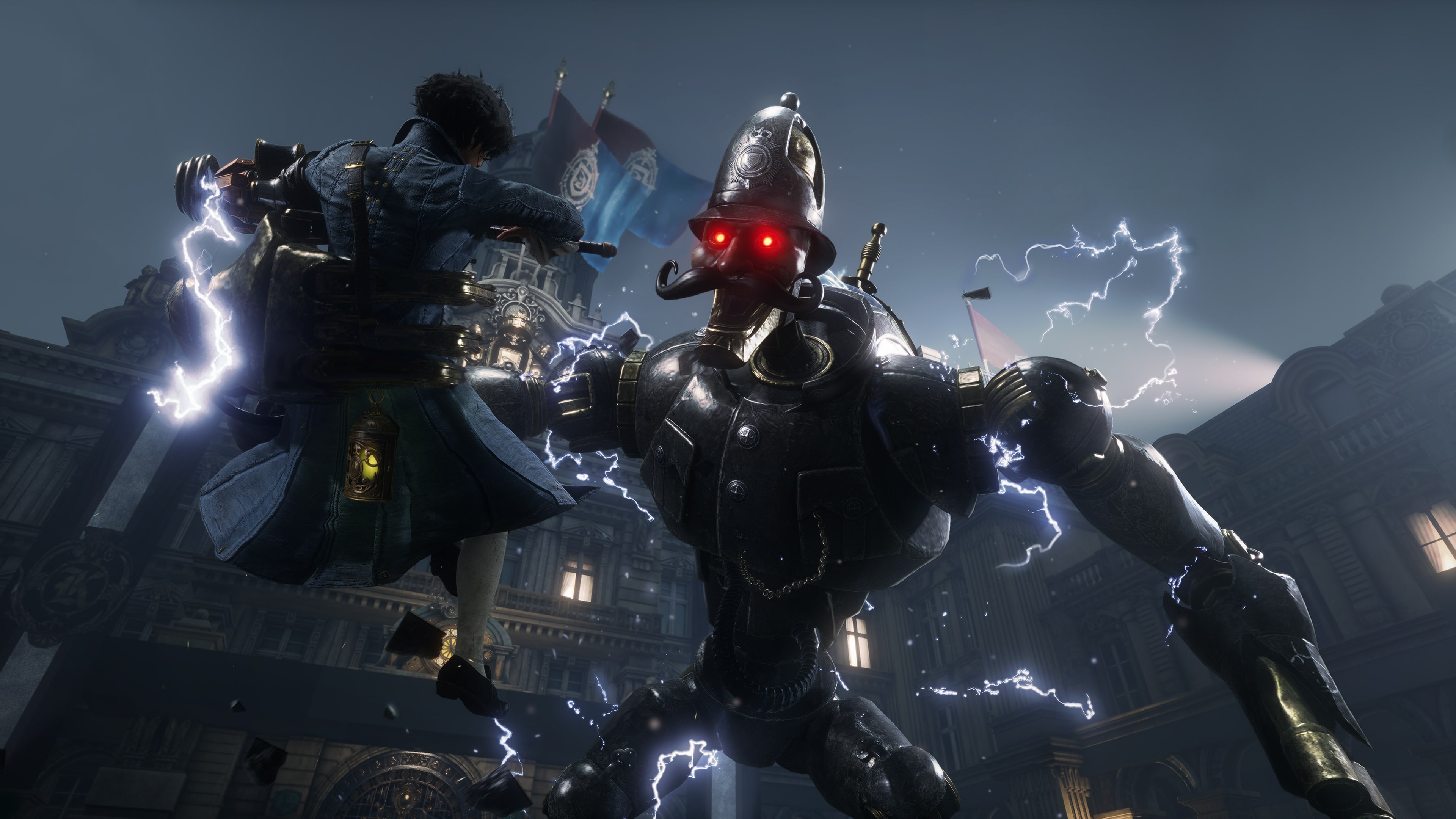
No strings attached
Don’t let the children’s fairytale-inspired setting fool you: Lies of P is unadulterated soulslike action that’s cut from the same cloth as Sekiro and Bloodborne. Its rapid and weighty combat strikes a balance of aggression and patience - a la Bloodborne - with Sekiro-style parries being thrown in for good measure. Parrying doesn’t keep you totally safe and knocks off some health, but you can regain this by quickly striking enemies. Time a block well enough, and it’ll be a Perfect Guard, not depleting your stamina and potentially staggering the enemy. It’s something that’s hard to master in Lies of P’s combat, but easy to love. Such fine margins are present throughout the combat, as you’d expect, and while this is largely unforgiving but fair, there were points where things were somewhat out of sync and timings weren’t perfect between me and my enemies.
What makes the tools at your disposal for this combat unique in Lies of P is the composition and exceptional skills that each weapon has. Every weapon has its own damage characteristics and heavy and light attacks, but also present are two ‘Fable Arts’. These are special offensive (on the blade) or defensive (on the handle) moves unique to each weapon that uses up small meters of Fable (like stamina bars). Simple stuff. But disassembling weapons means you can blend two Fable Arts and two weapon types together to create all-new puppet-crushing tools - the combinations are unhindered by weapon type, so you can mix and match across all weapon types to create new movesets and combos. One of my favorites has been attaching the handle of a greatsword sword onto an electricity-instilled club. This provides a layer of creativity and customization to perfecting weapons and allows you to build to and augment specific playstyles. You’ll just have to be careful that your weight limit doesn’t tick over into ‘Heavy’ as a slow-rolling P will mean you can’t avoid incoming attacks as easily.
Spare parts
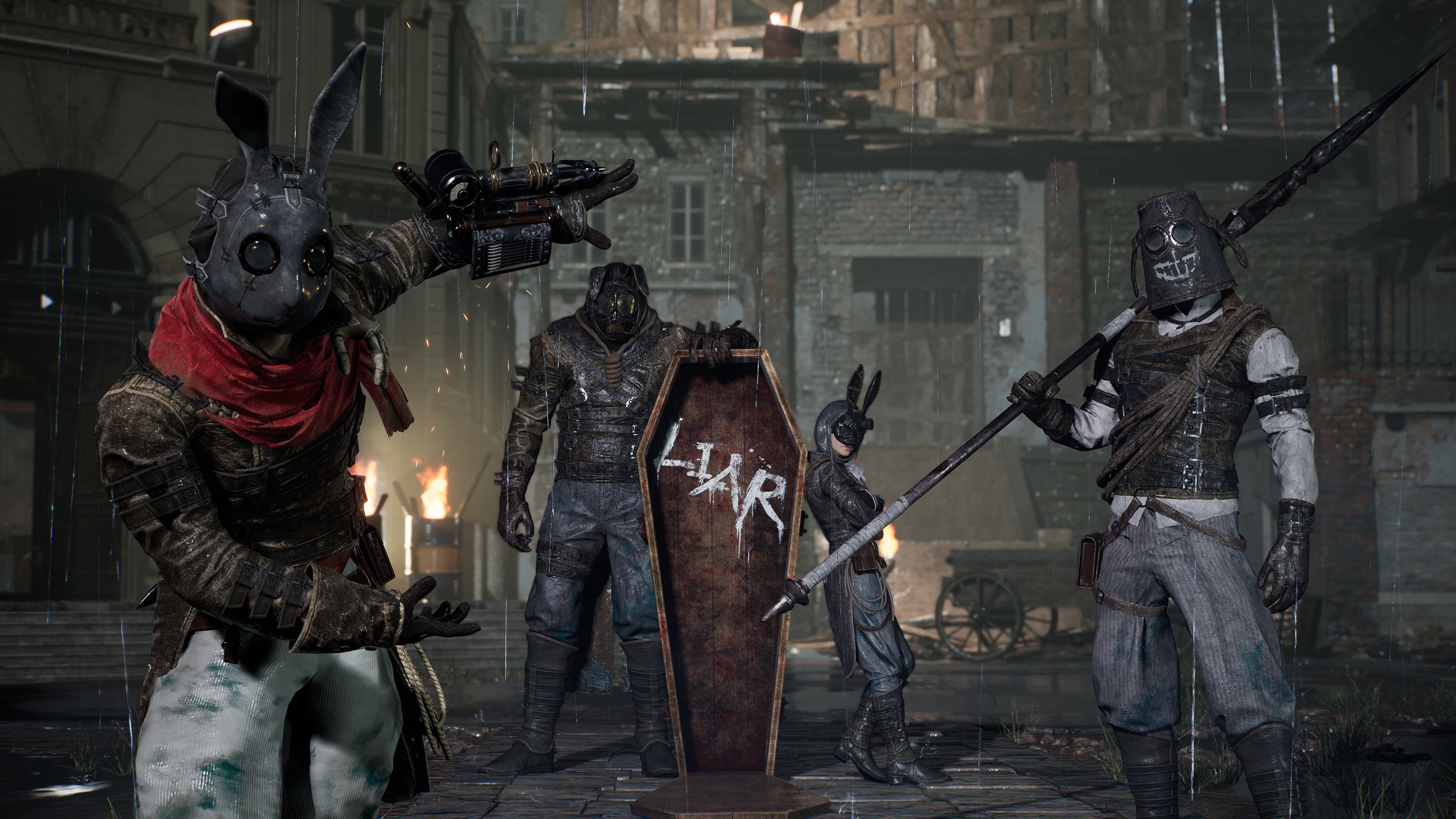
Layer on top of your arsenal the upgrades and enhancements for P himself; a fulsome, deep, and varied customisation system is offered. From supporting weapons and abilities that go on your legion arm - P’s mechanical left arm - to magical cubes with fight-saving attributes, and from equippable rings, amulets, and armor, to being able to alter your weapons handles with cranks, you can build P to suit any approach. Extra bonuses can be had by attaching quartz to P’s core, known as a P-Organthat offers strangely tiny buffs (like additional damage after healing) that are tied, a little strangely, to major skills or bonuses (such as carrying more vials or amulets).
The inevitable experimentation this leads to isn’t all rosy either. You might find that you’ll chase and enhance a weapon you like with certain level-ups, then maybe move to another weapon later that doesn’t take full advantage of those previous level-ups. This can then paint you into a corner that you’ll need to level up your way out of and somewhat stifle the specialist vs experimentation balance. It can feel like many moving parts are on the go at the same time and need to be mastered despite the excellent options.
Speaking of which, a slightly irksome process is returning to the hub to level up. While much can be done at each stargazer (Lies of P’s bonfires), having to return to your base, the Hotel Krat, for every level up and to then run around a large hotel to each vendor or NPC for upgrades and chat is a small but persistent nuisance.
A well-oiled machine
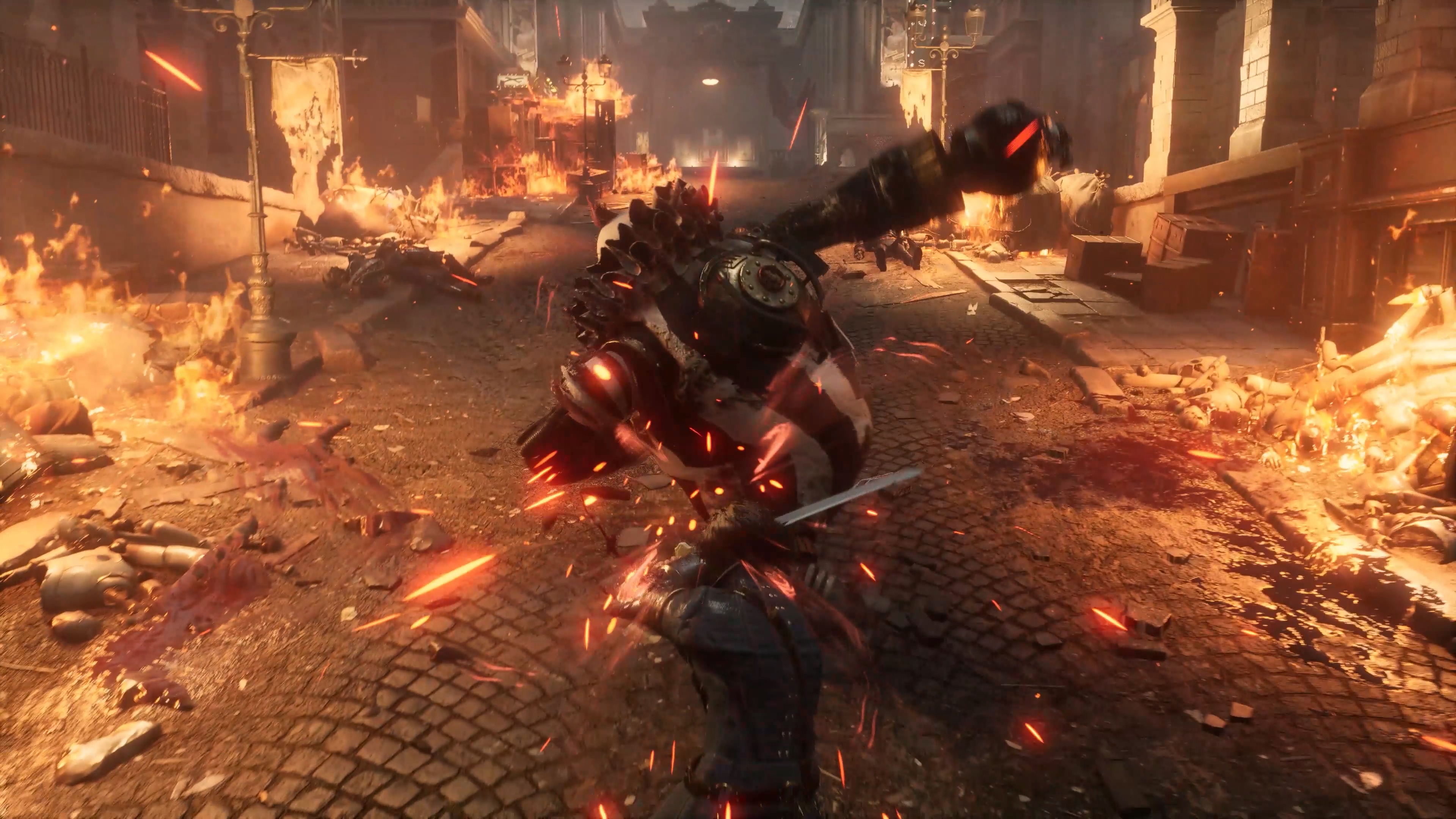
The nightmarish Belle Époque Era-style city of Krat is a dark and mysterious but beautifully realized setting, rich in a sense of place. Each area is distinct and has a layout that’s broadly simple but includes intricacies and shortcuts for ease of navigation, and the right balance of explorable and dangerous routes per stargazer. And you’ll have to explore so as to find Ergo - the game’s ‘souls’, and currency for leveling up, upgrading your weapons, or buying things at vendors. While you can get Ergo the usual enemy-bashing way, there are side quests from open windows (sound familiar?) and NPCs hiding in tunnels, and also secret rooms locked by a riddler who speaks to you with street telephones, and cryptic cyphers that only a genius in your base can decode for you to solve that lead to rewards and loot.
Given the toy-based source of their inspiration, the creativity of the game’s enemies results in multiple ‘WTF moments’, and each area’s enemies will surprise and delight
Finding these quests and NPCs also gives the game’s lying system a chance to shine. While the law of Krat states that no puppet is allowed to lie, P, as a special puppet boy, can tell fibs like a human. This changes him subtly, as does listening to collectible vinyl records and performing gestures with characters at your base of Hotel Krat that seem to increase P’s level of humanity. Both of these make it feel like P’s internal gears are changing, somehow.
The enemies that inhabit Krat and its environs are stupendously varied and imaginative. Given the toy-based source of their inspiration, the creativity of the game’s enemies results in multiple ‘WTF moments’, and each area’s enemies will surprise and delight - but also terrify and annoy. From exploding jesters to rolling clowns, and from brutish thugs to crawling dolls, all the way up to skilled human survivors, to grotesque (and multiphase) boss fight - I’m looking at you, The Archbishop - the foes are brilliant. And while the puppets take centerstage, they aren’t the only bastards trying to mess you up, so you’ll need to deploy all of your arsenal and know what extra status attacks will help you from enemy to enemy.
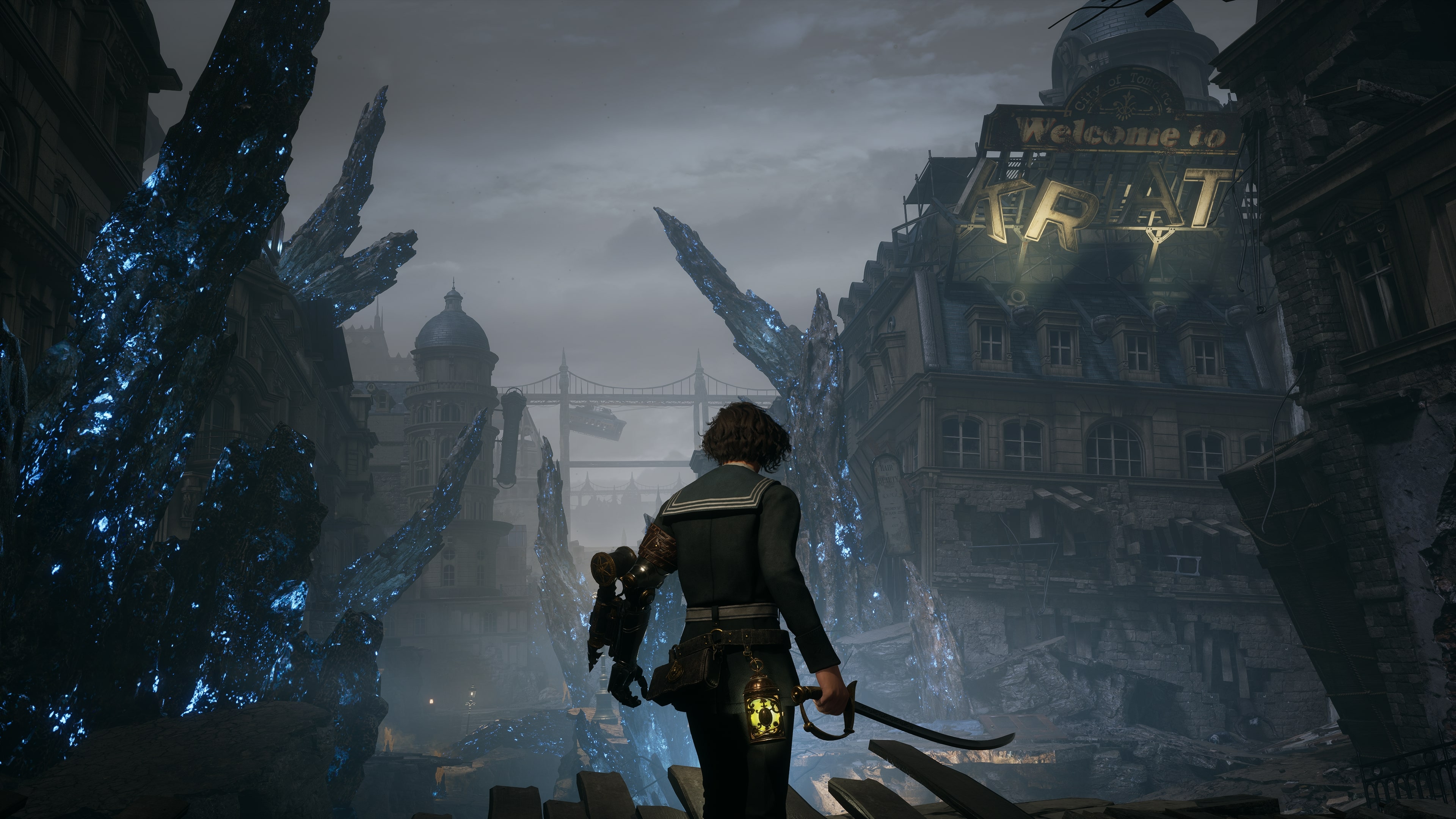
Creating a brand new weapon by smashing together a blade and handle that instantly solves a problem or proves to be a boss’ undoing is one of the best parts of P’s many customization options.
However, even for a Souls game, there are some inconsistencies and over-powering of enemies mainly in the mini, optional, and main bosses. Yes, the challenge is strong in all of them, but there’s a bit of a haphazard difficulty curve woven between them. While variety is the spice of life, such wild fluctuations can put a dampener on progress and learning - especially if said learning can’t then be translated to the next area and boss. Often, it didn’t feel like you were an improved fighter by the time the next boss came around, as the change in difficulty was so fast it’d give P whiplash. For example, the likes of Kings Flame, Fuoco, and The Survivor can absolutely get in the sea.
It’s just as well, then, that your, Pulse Cells (read: Estus Flask), replenish when you reset at a stargazer but also offer a carrot during combat even when you run out. When your cells are all used up, you can regain your last one but successfully striking enemies, encouraging you to persevere and not lose hope, while also teaching you that there’s little point holding on to your last one - you may as well use it and try and regain another by landing a few blows.
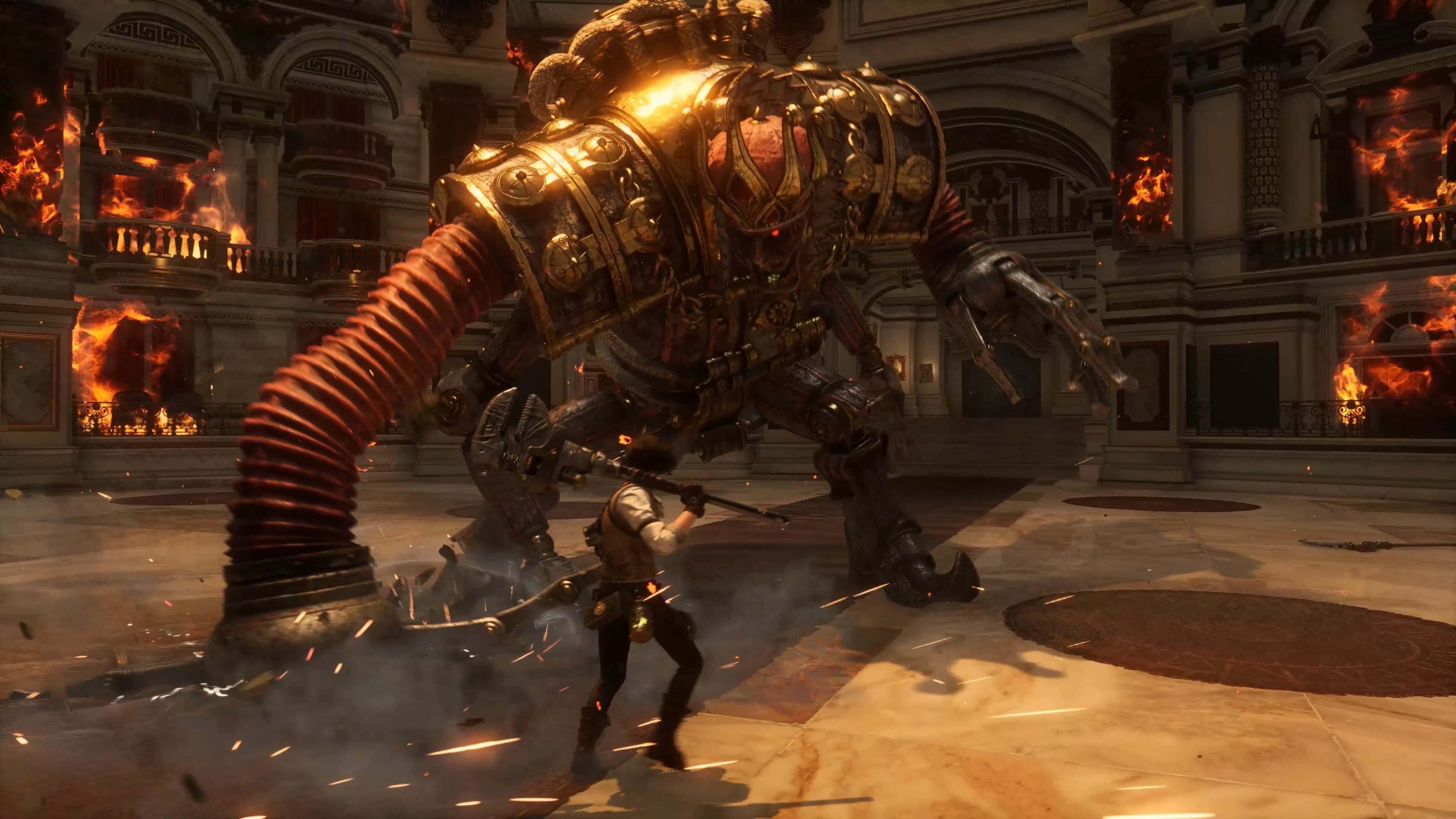
Other tweaks and features help to complete Lies of P’s featureset and own take on the genre. For example, while there is no map of Krat to consult, or list of quests to check, these are offset a bit by handy tips and hints built into the HUD and menus. For example, if you’ve got something that you need to talk to someone about, a profile shot of that NPC’s face will be next to the location in the menu, and if you don’t know how much Ergo you need to level up, fear not as the counter in the top right of the UI will turn from white to blue.
The game proudly wears the blood, oil, and rags of its inspirations on its sleeve and will scratch the deepest of itches for fans of soulsborne games. While such strong and almost overt influences do mean that there’s not a whole lot of groundbreaking innovation here, Lies of P executes what it sets out to do incredibly well. All its mechanics are greased the right way, its decorative features buffed to a gleaming shine, and its complex bosses are as challenging as you’d expect for a machine so well made and highly tuned - Lies of P is a very well-made, smooth, and sleek soulslike game.
Accessibility features
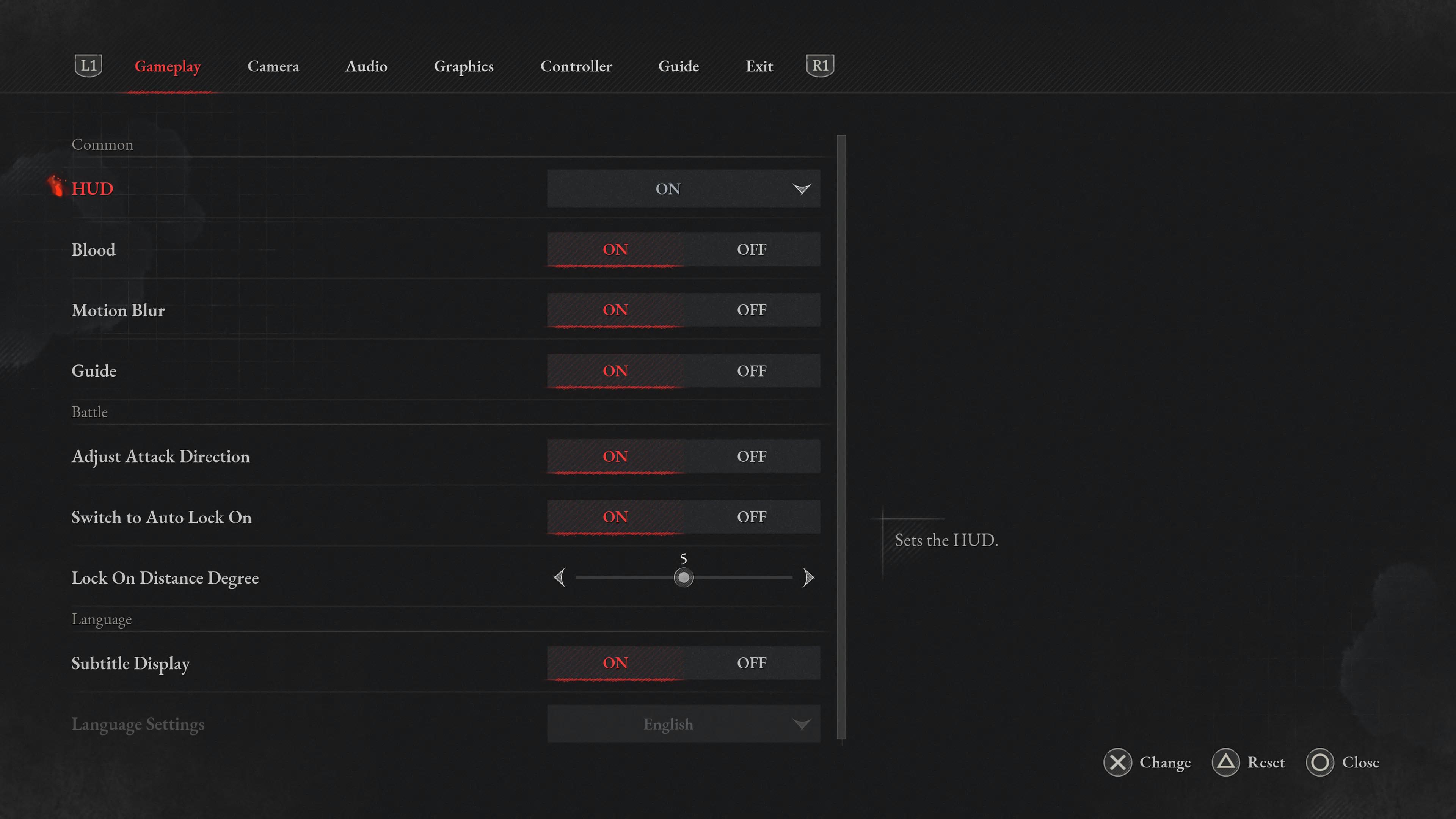
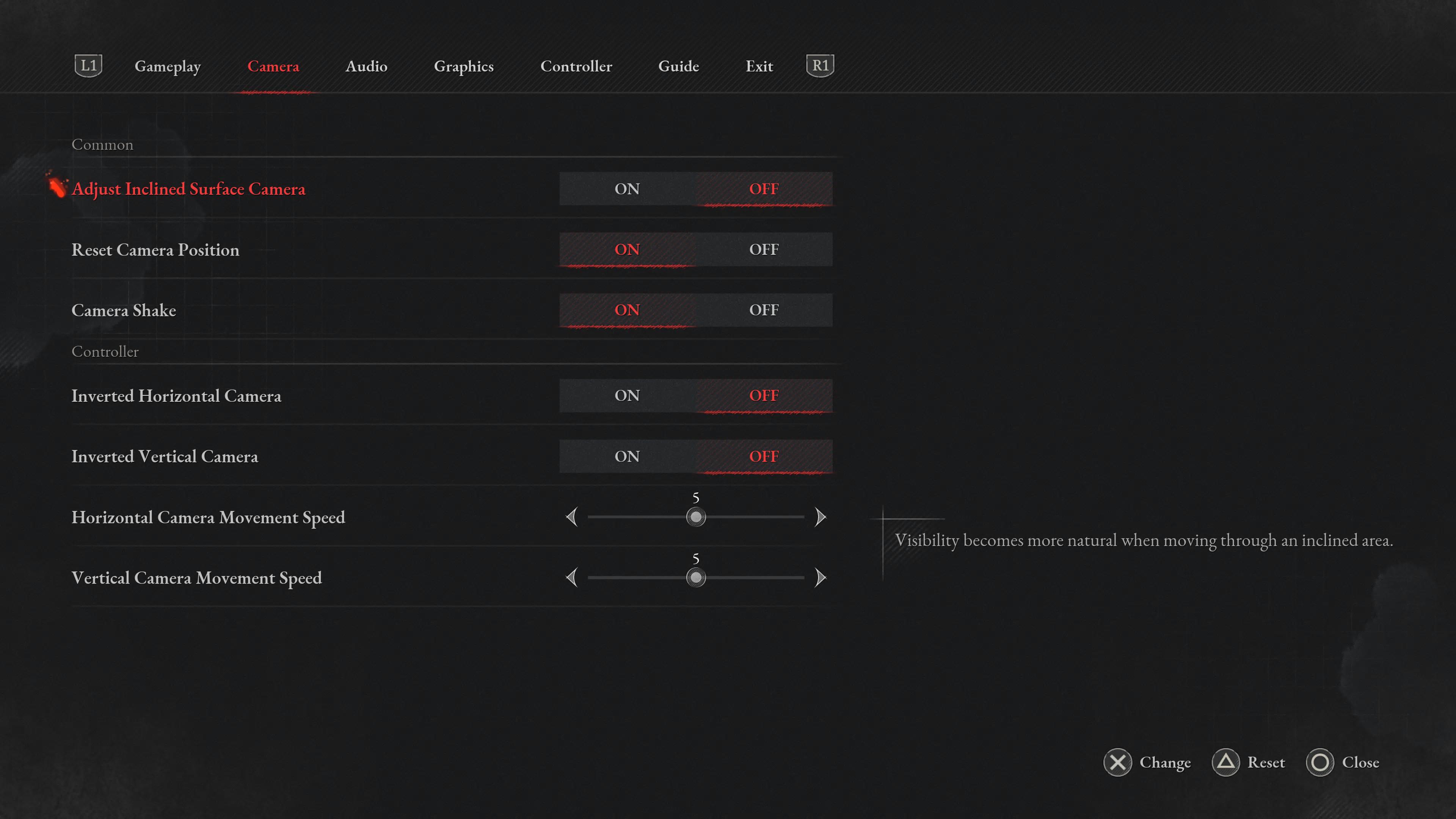
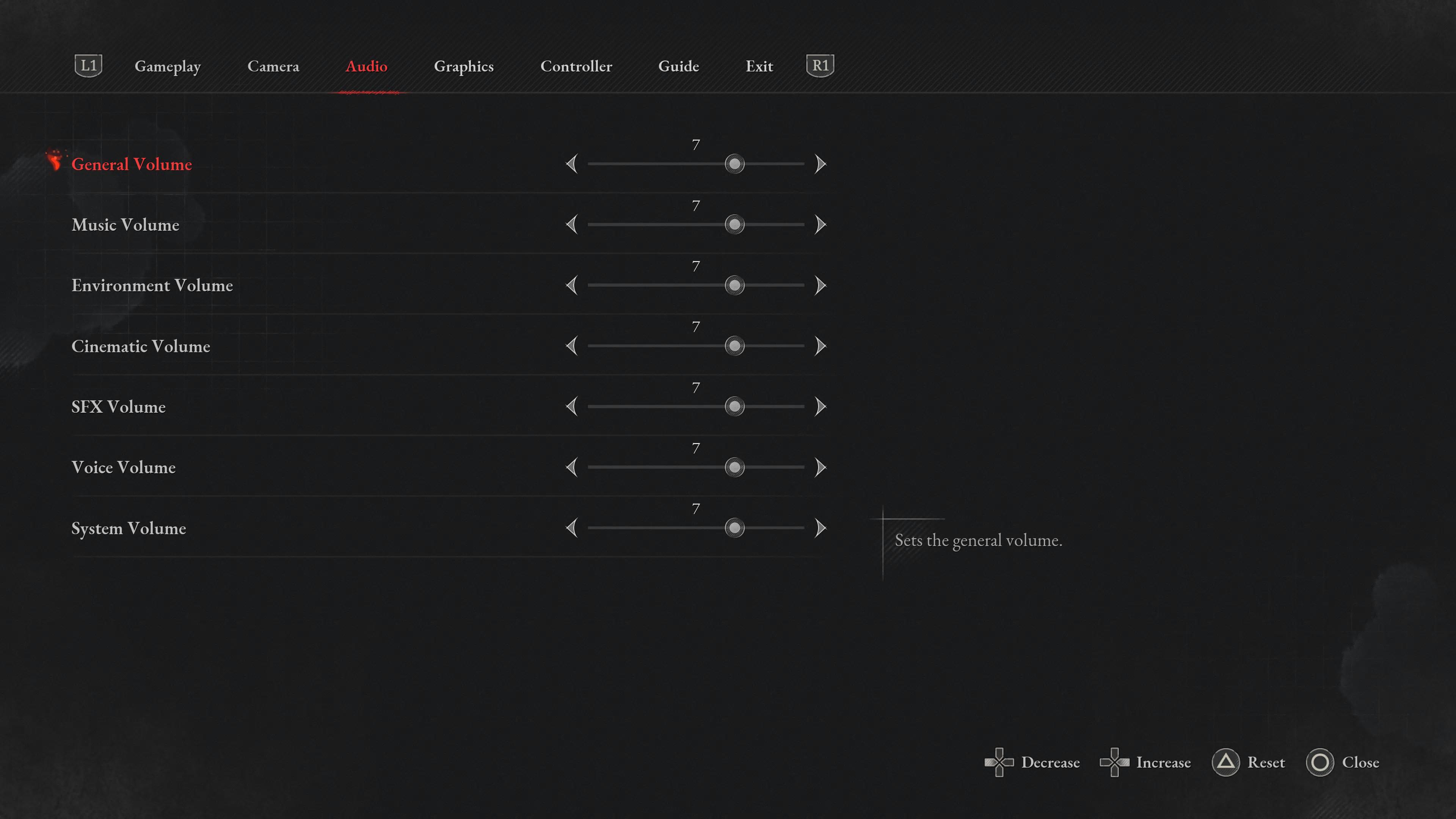
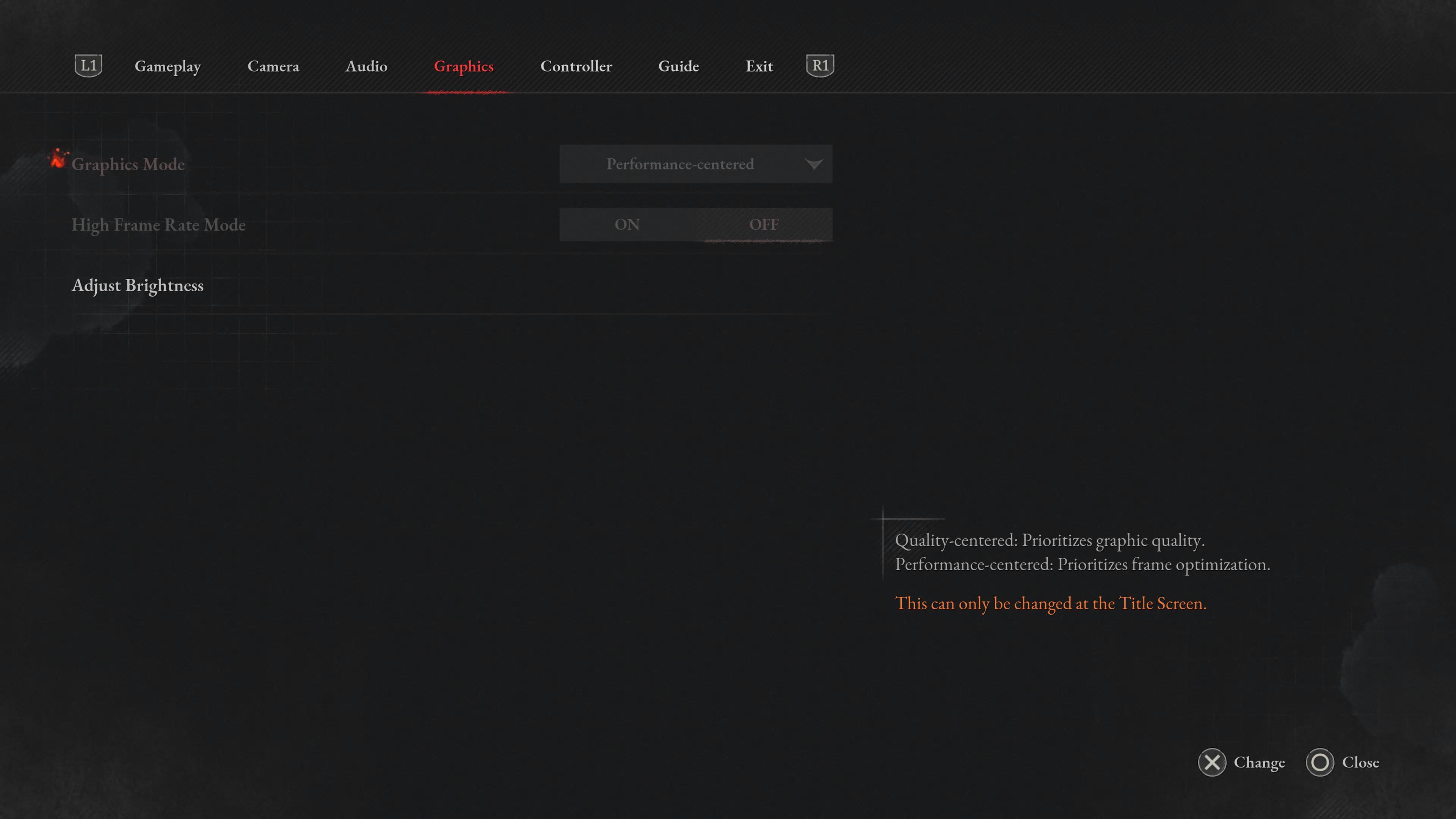
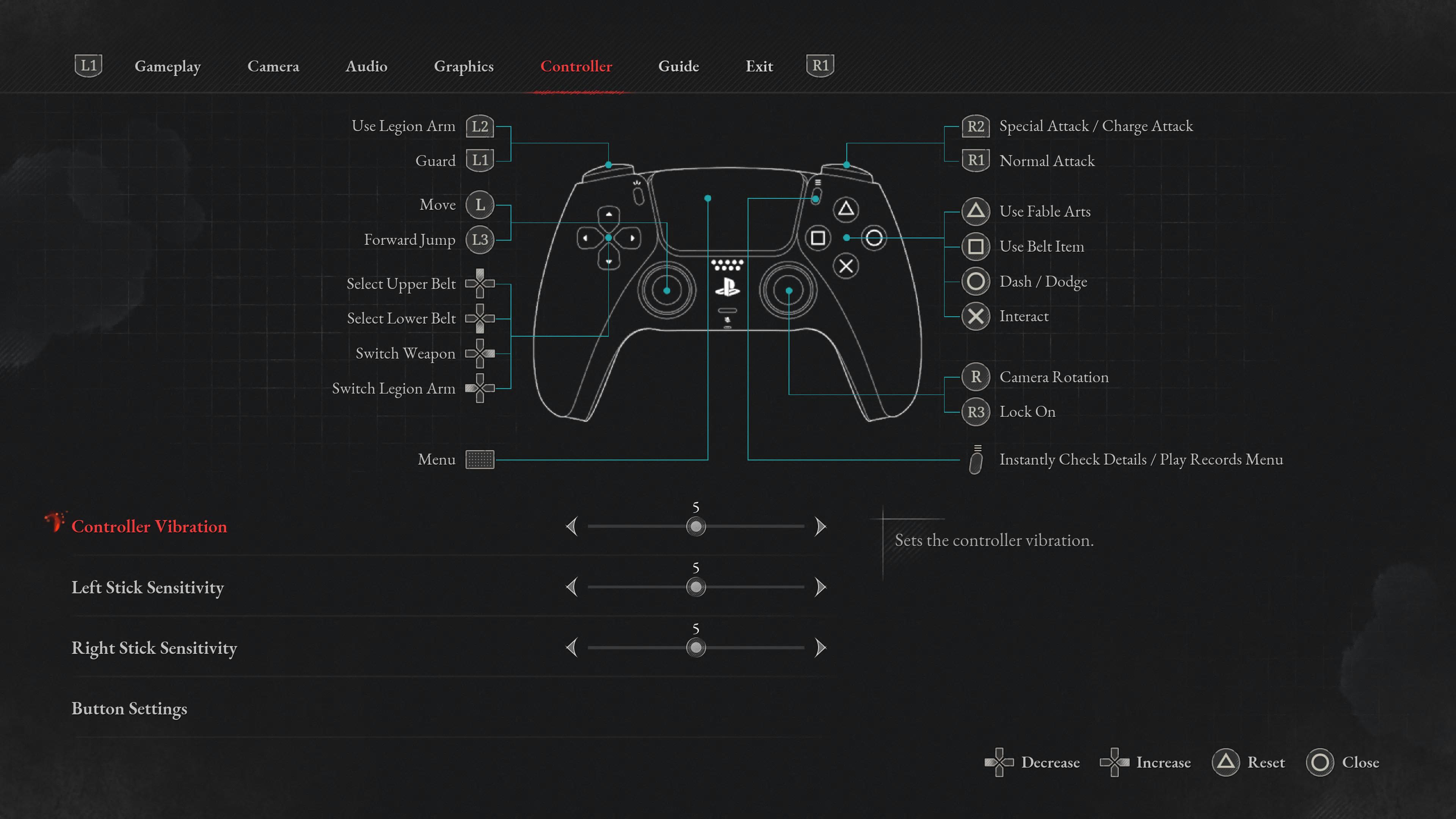
There are only quite basic accessibility features in Lies of P. While subtitles are present, and you can change button mapping, and a few common camera settings, there are no extra accessibility features or options present. The majority of the options are grounded in the typical audio, visual, and settings found in games (pictured).
How we reviewed
I played Lies of P on PS5 and I have clocked up more than 30 hours. I tried stints with both its performance and quality mode, the former being far superior and more appropriate for the flow and combat of Lies of P. There were no performance issues at all during my playtime, and I played the game on a Samsung 4K HDR TV with a soundbar, and a headset at times too. All of my Dualsense controllers I used to play the game have remained intact despite the traditional effect of soulslike games and bosses.
If soulslike titles like Lies of P aren’t your single-player games of choice then head over to our upcoming games list to see what else is on the horizon.
0 comments:
Post a Comment